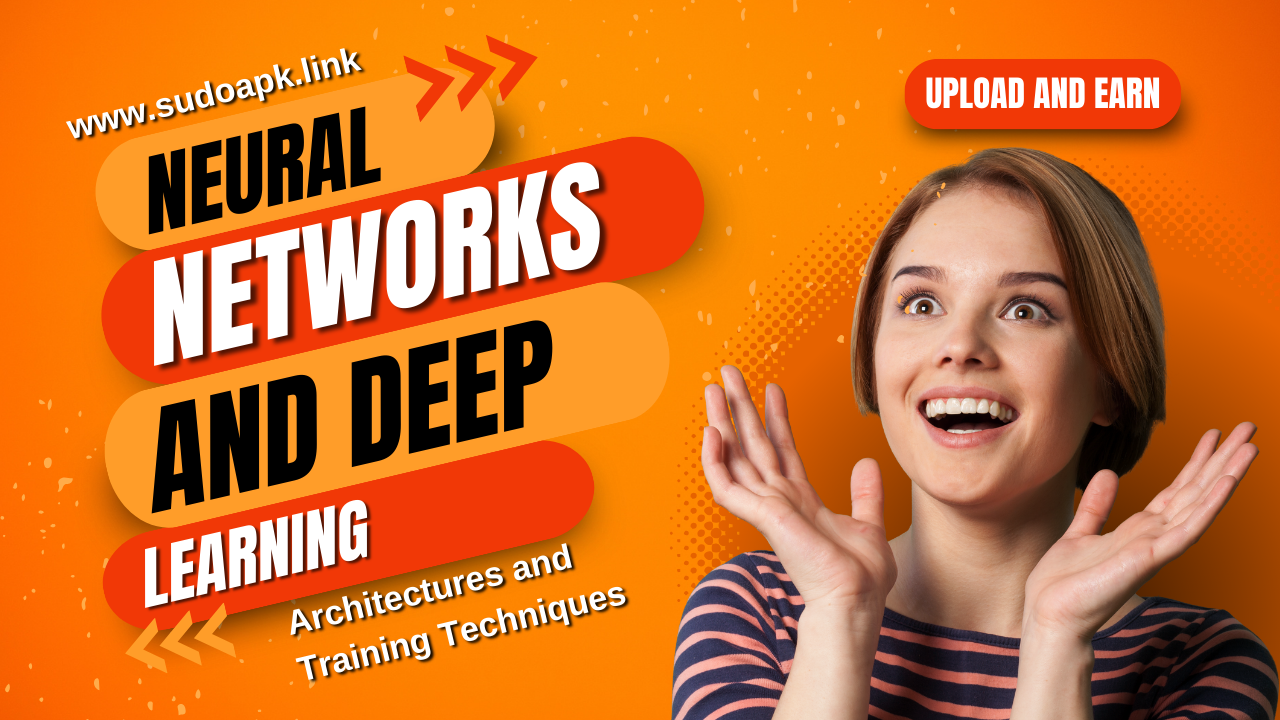

Neural Networks and Deep Learning: Architectures and Training Techniques
Deep neural networks now power cutting-edge systems spanning computer vision, machine translation, game-playing agents, and medical diagnostics that surpass human capabilities in many domains. Unlocking such applications required step-function advancements in model architecture designs and training techniques realized over past decades.
Below we explore historical context around pioneering innovations that paved the way for modern deep learning before diving into widely adopted network architectures, best practice training principles and an outlook towards future capabilities.
The Road to Deep Learning
Breakthroughs across neuroscience, advanced hardware and applied machine learning compelled early neural network adoption despite initial setbacks:
1940s - Late 1950s - First computational neural models introduced based on linear threshold neuron concepts that mimicked biological processes but lacked sufficient complexity for real-world viability.
1960s - Limited computing resources constrained model sizes. The Perceptron highlighted flaws and early overpromises that diminished interest despite incremental tooling improvements around backpropagation for adjusting interior model weights based on signaling feedback.
1970s - Mid 1980s - Discoveries into biological neural learning rules paved early foundations. But hardware constraints persisted, preventing the layered hierarchical models known as “deep” networks today. Support Vector Machines and graphical models took prominence instead.
Late 1980s - Backpropagation limitations addressed by allowing efficient weight updates across many network layers. This breakthrough enabled direct forerunners to modern deep networks.
Early 2000s - Accelerating compute via GPU units unlocked orders-of-magnitude larger viable networks. Combined with applied innovation around pre-training techniques, deep networks disrupted incumbent algorithms to launch the modern deep learning era.
Riding this momentum, powerful network architectures now expand capabilities continuously.
Intuition of Artificial Neural Networks
Conceptually, artificial neural networks loosely resemble networks of real neurons within mammalian brains that transmit signals between cells to drive processes like visual perception through strengthening specific connections over time via reinforcement.
Similarly, layers of artificial neuron-like nodes form pathways assigning incremental rule weightings to input values until terminal outputs get reached which aim to match expected results during supervised training regimes.
Adaptations to connection strengths through validation iterations allow models to extract and apply hierarchical feature representations mirroring those that likely occur within biological cognition. Enough breadth and depth within such networks gives rise to emergent intelligence.
Overview of Common Neural Network Types
Many neural architectures now inhabit the machine learning landscape, each optimized for particular capabilities:
Multilayer Perceptrons - Feedforward fully-connected layers stack to approximate nonlinear functions. MLPs provide baseline neural performance for tabular data tasks.
Convolutional Networks - Convolution filter layers interweave with pooling stages across grid-shaped inputs like images to extract spatial features while minimizing parameters vs dense models. Essential for computer vision.
Recurrent Networks - Sequential data like text or audio gets modeled using recursive cells with looping self-connected cells holding context-oriented cell states over chains. Special variants like LSTMs counteract vanishing gradients.
Embeddings Layers - Low-dimensional dense vector representations for high-cardinality inputs like words assist modeling efficiency and generalization capabilities when trained across large unsupervised corpuses before downstream usage.
Transformers - Self-attention layers draw global references across inputs and outputs allowing modeling of variable-length sequences while capturing deeper contextual signals lost across RNNs and CNNs. State-of-art choice for modern NLP.
Composing heterogeneous arrangements of specialized modules creates intricate model topologies balancing representational power, generalization and computational constraints. But initialized weights must still undergo extensive tuned training.
Training Neural Networks with Backpropagation
Workflow fundamentals span:
1. Forward Pass - Providing input batches and propagating signals to output layers by multiplying input vectors by layer weight matrices sequentially. Results get activated through nonlinearity functions.
2. Loss Calculation - Comparing output predictions against known ground truth labels and summarizing deviations into loss scores via metrics like squared error or cross-entropy loss for regression and classification tasks respectively.
3. Backpropagation - Leveraging loss derivatives tracing backwards from outputs to efficiently distribute error responsibility across prior layers down to inputs. This enables parameter updates.
4. Optimization Steps - Using variants of gradient descent, weights get updated to minimize losses across instances based on magnitude and directional signals from backpropagation calculations to improve predictions.
5. Repeat - By incrementally stepping through labeled samples via stochastic batches, full training set exposure allows models to extract nuanced data patterns for enhanced generalizability to unseen data.
Augmentations like dropout and model ensembles boost results further. Next we explore crucial training principles and techniques.
Key Training Principles and Techniques
Beyond model architectures, applied optimizations realize performance potential:
Pretraining - Leveraging unsupervised or self-supervised learning on abundant unlabeled datasets benefits downstream tuning for specialized tasks. Language model pretraining underlies modern NLP.
Regularization - Techniques like parameter norm penalties, dropout, batch normalization and data augmentation limit overfitting risks leading to better generalization.
Adaptive Optimization - Variants of stochastic gradient descent like Adam and RMSProp dynamically adjust parameter update magnitudes across training based on aggregation statistics for improved stability and convergence.
Learning Rate Scheduling - Gradually decaying learning rates over epochs guides convergence by smoothly narrowing step sizes as improvements plateau from initial fluctuations.
Model Ensembles - Averaging predictions across uniquely trained models cancels individual errors through consensus. It also provides uncertainty estimates via variance for probabilistic approaches.
Though conceptually straightforward, mastering combinations of these techniques requires extensive experimentation and tuning. Fortunately, frameworks smooth implementation.
Deep Learning Frameworks and Infrastructure
Specialized libraries like TensorFlow, PyTorch and Keras accelerate model development and training by efficiently executing array operations on GPU and TPU infrastructure:
Automatic Differentiation - Hardware acceleration applies backpropagation automatically to calculate gradients alleviating manual derivations. Complex blocks get treated as singular operations.
Distributed Training - By splitting batches across thousands of networked machines with parameter servers aggregating weight updates, immense models train rapidly through parallelism. This expands accessibility.
Deployment Environments - Integrated serving platforms like TensorFlow Serving containerize tuned models for low-latency delivery under production workloads across end-user applications and edge devices.
Together they lower barriers allowing small teams to tap deep learning capabilities once restricted to industrial labs. Democratization spreads innovations globally.
Directions For Next-Generation Deep Learning
Frontier advancements seek to uplift abstraction, trustworthiness and specialized efficacy:
Self-Supervised Pretraining - Contrastive unsupervised learning approaches leverage predictive auxiliary tasks harnessing unused data qualities for superior representations exceeding supervised limits.
Reasoning Layers - Injecting modules with declarative programming or neuro-symbolic principles aims to improve interpretability and enable causal inference unlike pure statistical associations within standard deep learning.
Multi-Task Architectures - Having singular models jointly handle myriad tasks in parallel avoids myopic specialization while encouraging generalized intelligence - an ongoing challenge inspiring innovations.
On-Device Efficiency - Novel compressed and pruned modules retain efficacy while minimizing footprint for edge deployment across smartphones, IoT appliances or satellites requiring low-power usage.
Together these innovations and others will continue expanding deep learning versatility, trustworthiness and accessibility over the coming decade to fuel even greater technological transformation.
FAQs - Key Deep Learning Concepts
How transferable are features learned during pretraining?
Despite pretraining on particular domains like text or images, intermediate feature representations encode surprisingly generalizable patterns around local adjacency, shared context and order-based logic applicable across modalities. This transferability enables adaptation to limited target task data.
Do hidden layers need particular interpretation to improve model tuning?
Unlike input or output layers bearing real-world meaning, intermediate hidden representations within deep networks relate weakly to observable concepts and instead operate as distributed temporary feature transformations. Their principal role involves skillful information flow.
Why is model parallelization essential for modern deep learning?
Massive compute now propels cutting-edge models - with estimates pointing to OpenAI’s 2020 GPT-3 model costing $12M to train! By sharding operations across thousands of specialized tensor processing chips, hitherto impossible architectures become viable through collective coordination.
Should accuracy improvements cause distrust in deep learning?
Careful inspection should analyze whether genuine skill gets demonstrated rather than surface pattern exploitations without robust understanding - a limitation affecting statistical learners generally. Multi-task evaluations assist deeper audits. But transparency and ethics remain pressing areas still under development.
What are simple ways to get started with deep learning?
Numerous online courses provide structured introductions spanning theory and practical labs using Python-based autograd differentiation kits like PyTorch and domain-specific datasets. Augmenting math foundations before diving into coding proves useful. Exploratory checkpoints illuminate project viability to avoid overinvestment.
In summary, contemporary deep neural networks now demonstrate formerly unimaginable capabilities across industries thanks to sustained architecture, infrastructure and training innovations that will further human knowledge and automation over the coming decades.
Popular articles
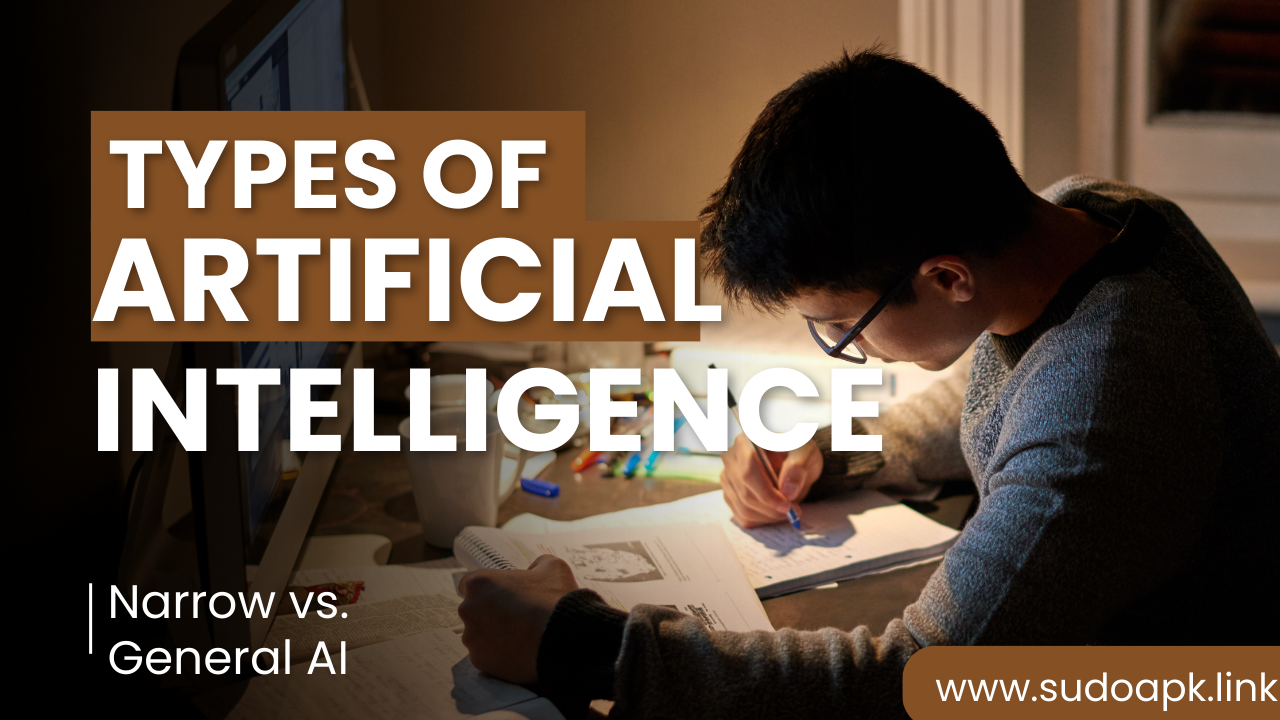
Dec 31, 2023 07:04 AM
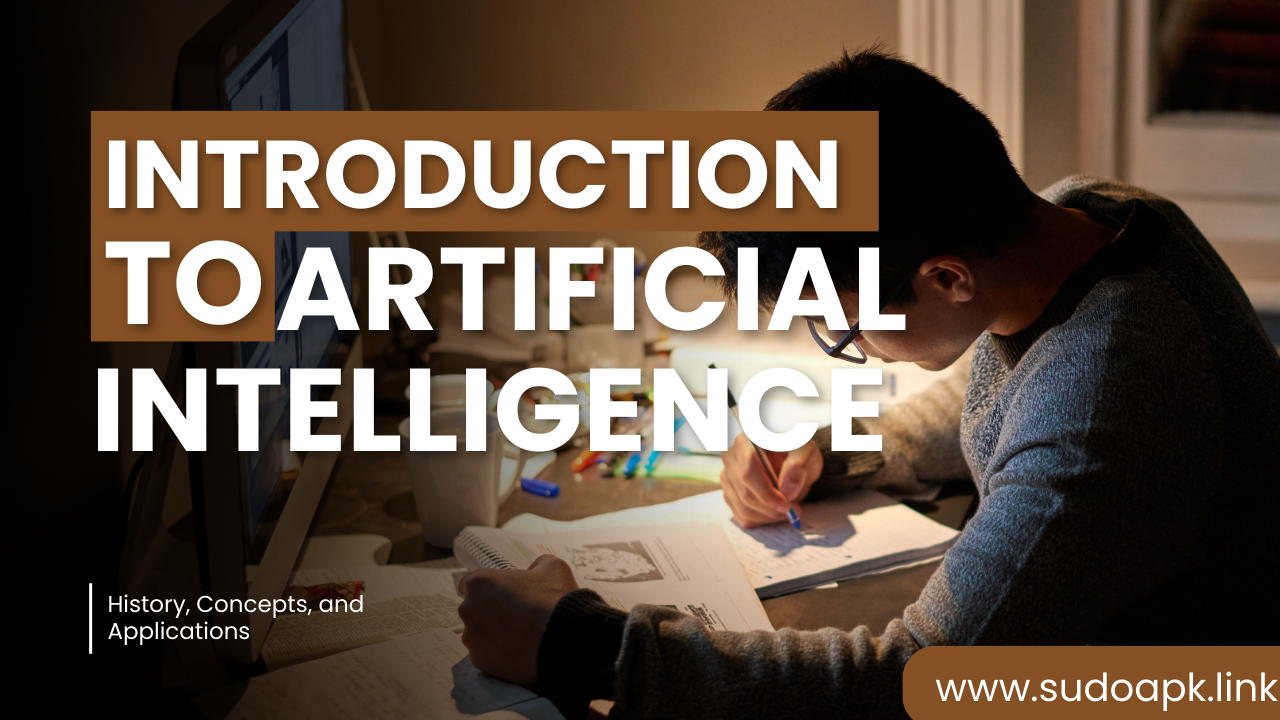
Dec 31, 2023 06:48 AM
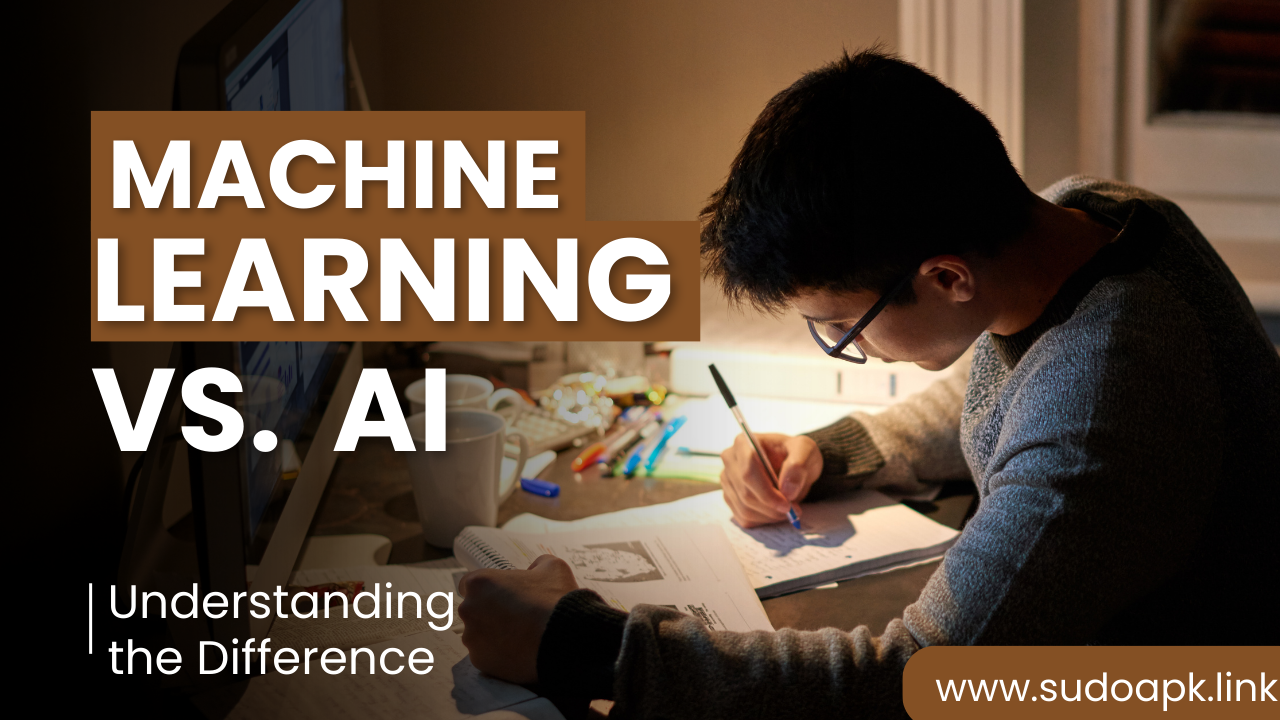
Dec 31, 2023 07:12 AM
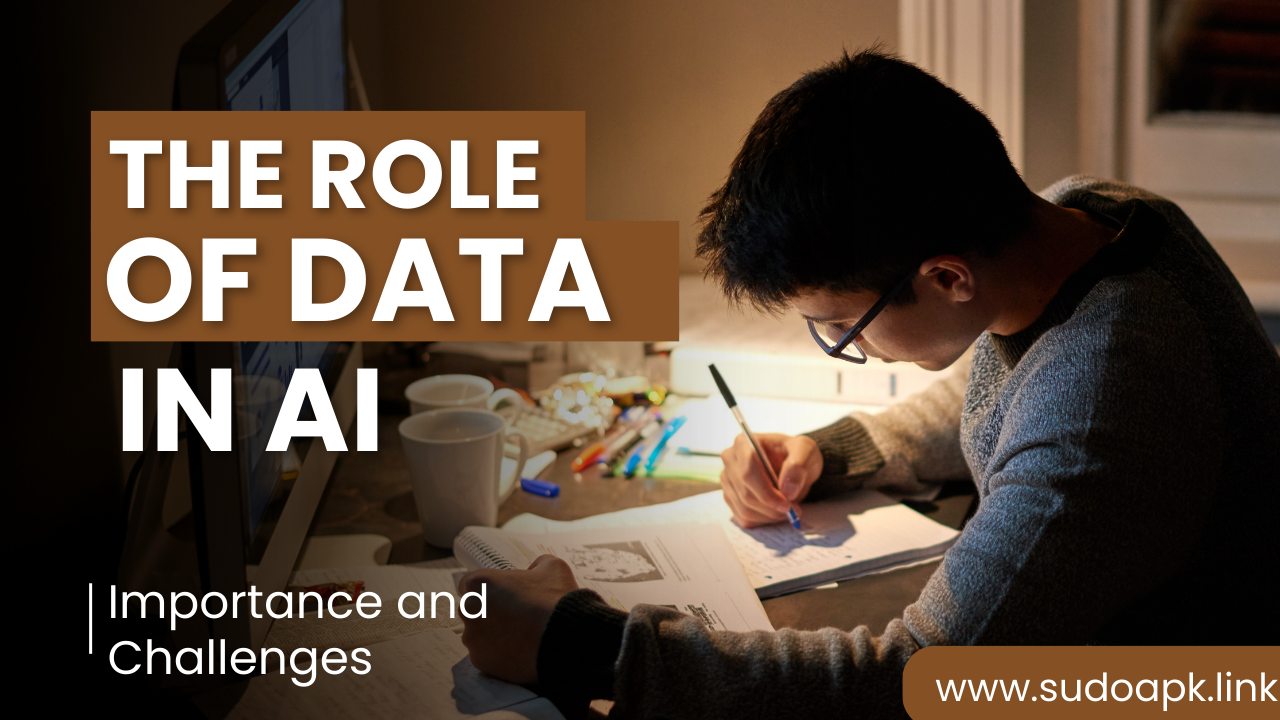
Dec 31, 2023 07:22 AM
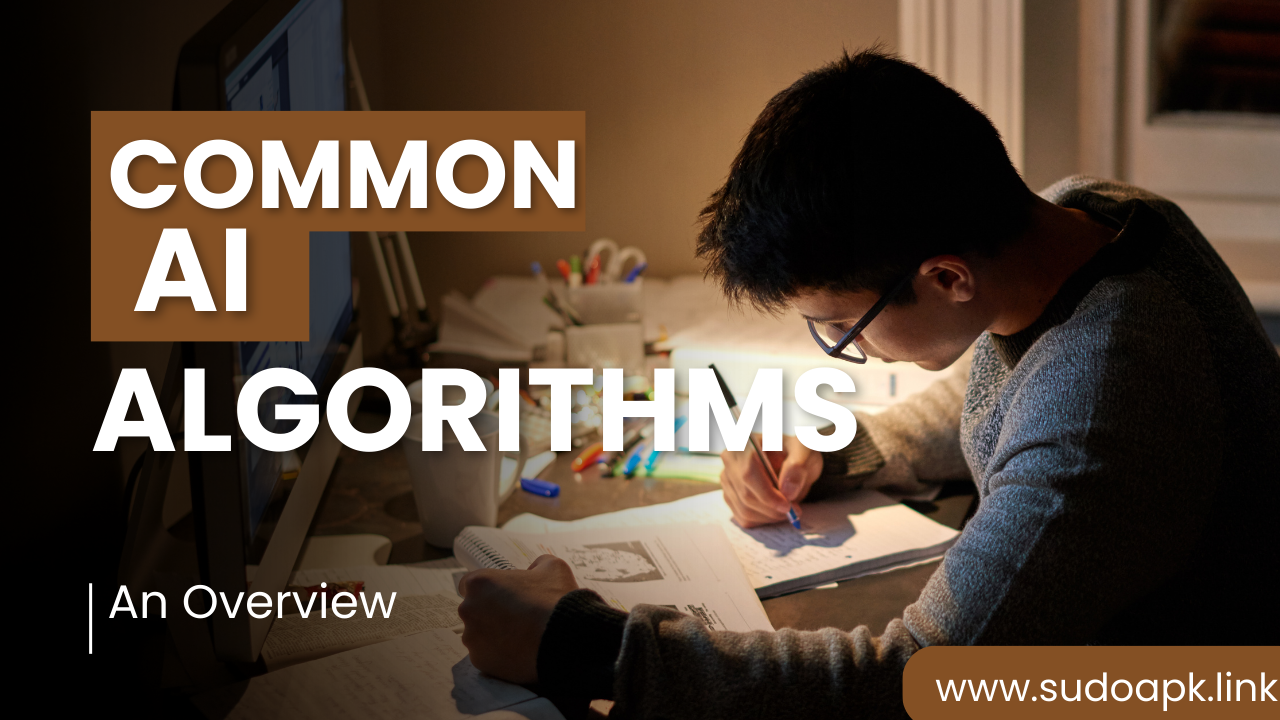
Dec 31, 2023 07:17 AM
Comments (0)